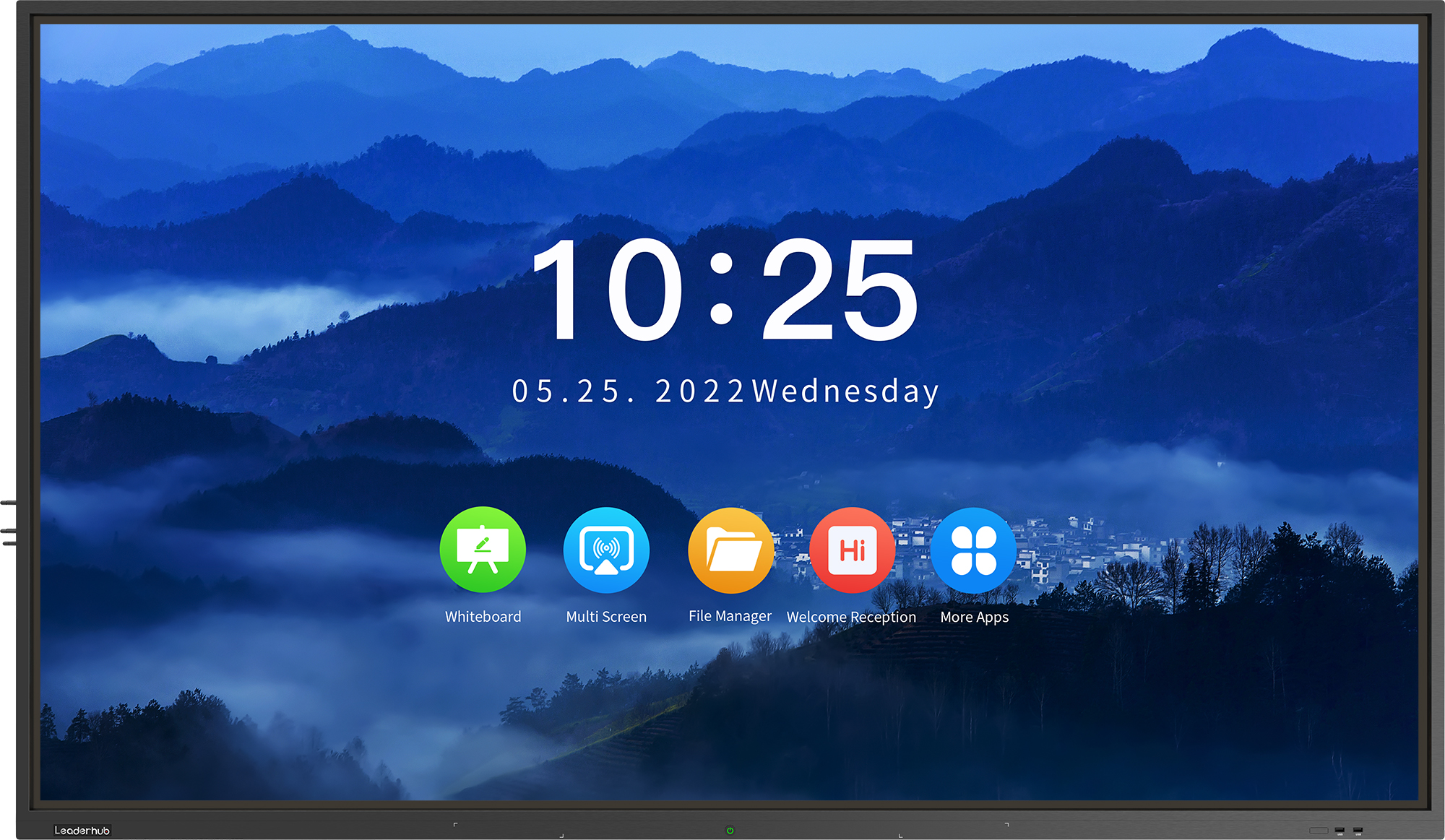Contributing to Seamless Interaction: Integration and Innovation

Tablet PCs and projectors have become indispensable tools in modern communication and presentation. As technology advances, the integration of these two devices has sparked a revolution in interactivity, providing a seamless and immersive user experience. In this article, we will explore the various interaction modes and realization methods of tablet PCs and projectors, highlighting their rich potential.
1. Infrared Technology: A Bridge between Tablet PC and Projector
One of the popular modes of interaction between tablet PCs and projectors is through infrared technology. By integrating infrared sensors in tablets and projectors, users can control and interact with the projected content using the tablet's touch screen.
When this mode is enabled, users can simply touch or swipe on the tablet display to manipulate and navigate through presentations, images, or multimedia content. The infrared sensors detect the position and movement of the user's fingers, transmitting the commands to the projector to initiate the corresponding actions.
2. Wireless Connectivity: Liberating the Interaction Experience
In recent years, wireless connectivity has revolutionized the way tablet PCs and projectors interact. By leveraging Wi-Fi or Bluetooth technology, users can effortlessly connect their tablets to projectors, eliminating the need for physical cables and providing greater flexibility in positioning and movement.
With wireless connectivity, users can not only control the projected content from their tablets but also mirror the tablet's display onto the projector screen in real-time. This feature enables dynamic collaboration and interactive engagements during presentations, meetings, or educational sessions.
3. Gesture Recognition: Blurring the Boundaries of Interaction
Gestural interaction has gained significant traction in recent years, merging the physical world with the digital realm. This mode allows users to control the projector by performing specific hand gestures, utilizing the tablet's built-in camera or additional depth-sensing devices.
By implementing advanced computer vision algorithms, the tablet can recognize the user's hand movements, such as swiping, pinching, or waving, and interpret them as commands for the projector. This realization method adds a touch of magic and a futuristic feel to the interaction between tablet PCs and projectors.
In conclusion, the integration of tablet PCs and projectors has brought about a revolution in interactivity, offering a wide range of interaction modes and realization methods. From infrared technology to wireless connectivity and gesture recognition, these devices have transformed the way we communicate, present, and collaborate. As technology continues to evolve, this interactivity combo will undoubtedly unlock even more possibilities, fueling further innovation.

